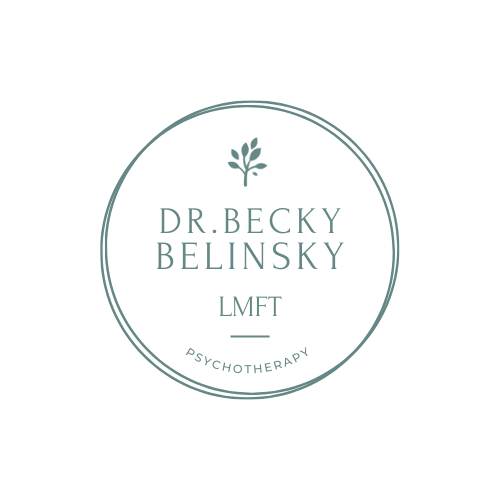How to Identify and Express Emotions
Understanding and articulating your emotions can be a powerful tool for personal growth, effective communication, and improved relationships. Yet, many of us struggle with identifying what we’re feeling and expressing those emotions in a healthy way. Here’s a guide to help you become more in tune with your emotions and communicate them effectively.
1. Recognize Your Emotional Triggers
Identifying what triggers your emotions is the first step toward understanding them. Emotional triggers can be events, situations, or interactions that elicit a strong emotional response. Start by keeping a journal where you note down situations that provoke intense feelings. Over time, patterns may emerge, helping you to identify common triggers and better understand your emotional landscape.
2. Tune Into Your Body
Emotions often manifest physically before they are fully recognized mentally. Pay attention to physical sensations like tension, tightness, or changes in energy levels. For example, a racing heart might indicate anxiety, while a sinking feeling in your stomach could signal sadness. By becoming more aware of these bodily signals, you can start to link them with your emotional experiences.
3. Label Your Emotions
Sometimes, it’s challenging to pinpoint exactly what you’re feeling. Use a broad range of emotional vocabulary to help identify and label your feelings accurately. Common emotions include:
Happiness: Joy, contentment, elation
Sadness: Grief, disappointment, melancholy
Anger: Frustration, irritation, rage
Fear: Anxiety, dread, apprehension
Exploring a comprehensive list of emotions can help you pinpoint what you're experiencing more precisely. The tool of an “Emotions Wheel” can be especially helpful when beginning to practice naming you feelings. There is a concept called “Name it to tame it” which is supported by research, which is that once we put a name to what we are feeling, even that starts to tame it and help it feel more manageable.
4. Practice Mindfulness
Mindfulness involves paying attention to your thoughts and feelings in the present moment without judgment. Regular mindfulness practice can increase your awareness of your emotional state and help you respond more thoughtfully. Techniques like deep breathing, meditation, and body scans can enhance your ability to notice and understand your emotions as they arise.
5. Reflect on Your Emotional History
Looking back on past experiences can provide insight into your current emotional patterns. Reflect on how you’ve reacted to similar situations in the past and how those reactions might influence your present feelings. This reflection can help you identify recurring themes and emotional responses that may be affecting your current emotional state.
6. Use "I" Statements
When expressing your emotions, using "I" statements helps communicate your feelings without placing blame or making others defensive. For example:
Instead of: “You never listen to me.”
Try: “I feel unheard when I’m talking and it seems like you’re not listening.”
"I" statements focus on your feelings and experiences, making it easier for others to understand and respond empathetically.
7. Practice Emotional Validation
Emotional validation involves acknowledging and accepting your feelings as legitimate and important. Validate your emotions by recognizing that it’s okay to feel the way you do, even if others might not understand or agree. This self-acceptance is crucial for healthy emotional expression and can reduce internal conflict. Validating statements include things like “It makes sense that I feel this way,” “It’s okay to feel this way,” “This is hard because it is hard.”
8. Engage in Open Communication
Expressing emotions openly can strengthen relationships and foster a supportive environment. Share your feelings with trusted friends, family, or partners in a respectful and honest manner. Practicing talking about how you feel is the only way to truly get better at it and more comfortable.
9. Seek Professional Guidance
If you find it particularly challenging to identify or express your emotions, seeking support from a therapist or counselor can be beneficial. Professionals can provide tools and techniques to help you understand your emotional patterns and develop healthier ways to express and manage your feelings.
10. Develop Coping Strategies
Sometimes, the process of identifying and expressing emotions can be overwhelming. Developing coping strategies, such as engaging in creative outlets (art, writing, music), practicing relaxation techniques, or participating in physical activities, can help manage emotional intensity and provide a healthy way to channel your feelings.
Conclusion
Identifying and expressing your emotions is an ongoing process that involves self-awareness, practice, and patience. By recognizing emotional triggers, tuning into your body, using mindfulness, and communicating openly, you can enhance your emotional intelligence and improve your interpersonal relationships. Remember, emotions are a natural part of being human, and learning to navigate them with understanding and compassion can lead to a more fulfilling and authentic life.
If you feel you need more support, I work with people who have difficutly identifying and expressing their emotional experience, and I’d love to support you on your journey. If you are ready for specialized support, please feel free to reach out. You can call me at (424) 231-5877 or send me a note here.
